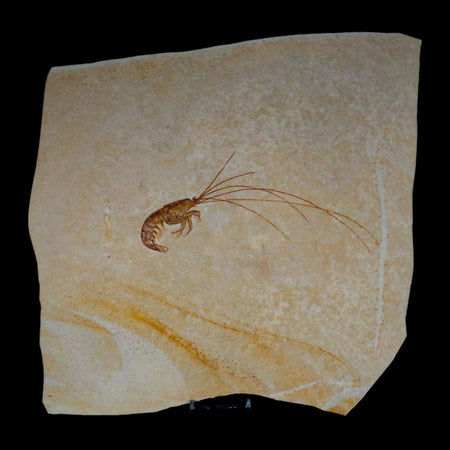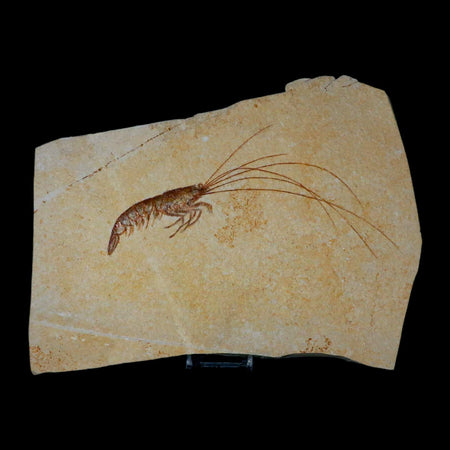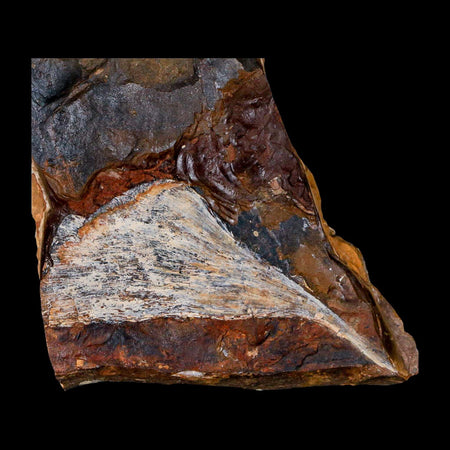3.3" Pappocetus Lugardi Tooth Prehistoric Whale 40-34 Mil Yrs Old Eocene Age
Location: Boujdour Basin, Morocco
Weight: 2.3 Ounces
Dimensions: 3.3 Inches Long, 2.1 Inches Wide, 0.8 Inches Thick
This is a real fossil.
The Item Pictured is the one you will receive.
Name: Pappocetus Lugardi
Diet: Piscivore/Carnivore.
Size: Estimated between 50 Feet to 60 feet
Known locations: North Africa
Time period: Mid Eocene Period 40 to 34 million Year Ago
Pappocetus Lugardi is the earliest Transition form of prehistoric whale which lived approximately 40 million to 34 million years ago during the Mid-Eocene Period.
Pappocetus was a protocetid. The protocetids represent one of the earliest forms of whale development when they were transitioning from the land to the sea. The protocetids had large forelimbs and hindlimbs that could support the body on land, and they were most likely amphibious – capable of living on land and in the sea. Certain characteristics show that the protocetids were adapting to aquatic life including lack of fusion of the pelvic vertebrae (allowing tail movement) and nostrils that have moved halfway up their snout. Pappocetus is in the Georgiacetinae sub-family which makes it the direct ancestor to the Basilosaurus, a well knows extinct primitive whale from the Eocene.
Regarding the Pappocetus, their robust tooth and root structure suggest that they were an aquatic carnivore capable of consuming significant prey.
Why did this whale have such an enormous bite force? Well, it had one so that it could hunt down and kill its favorite prey. Paleontologists believe it probably feasted on large fish and small whales and probably anything else it could have gotten hold of.




















